Classic

110 products
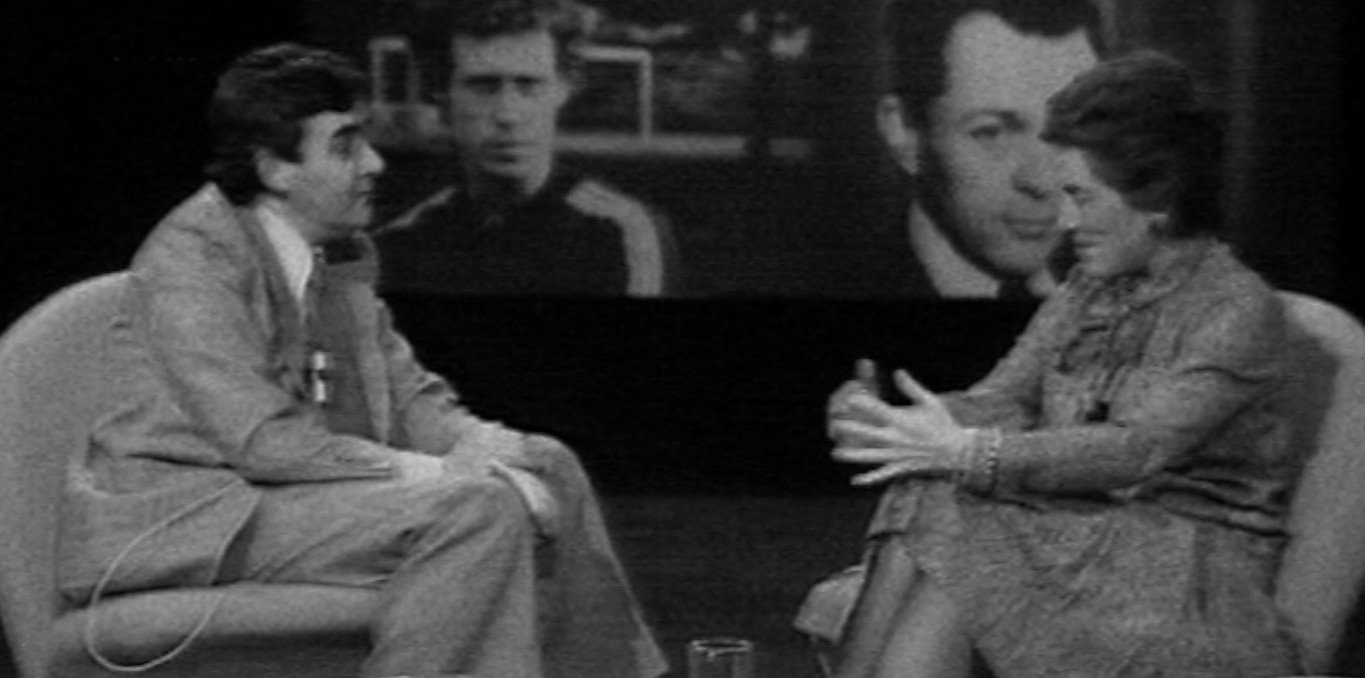
Maso and Miso Go Boating
The feminist video collective Les Insoumuses dissects and responds point by point in a humorous way to Bernard Pivot's special program with Françoise Giroud, Secretary of State for the Status of Women. "On December 30th 1975, after watching Bernard Pivot's programme on Antenne 2 entitled \*One more day and the year of the woman, phew! It'll be over\*, we felt the immense need to express our p...
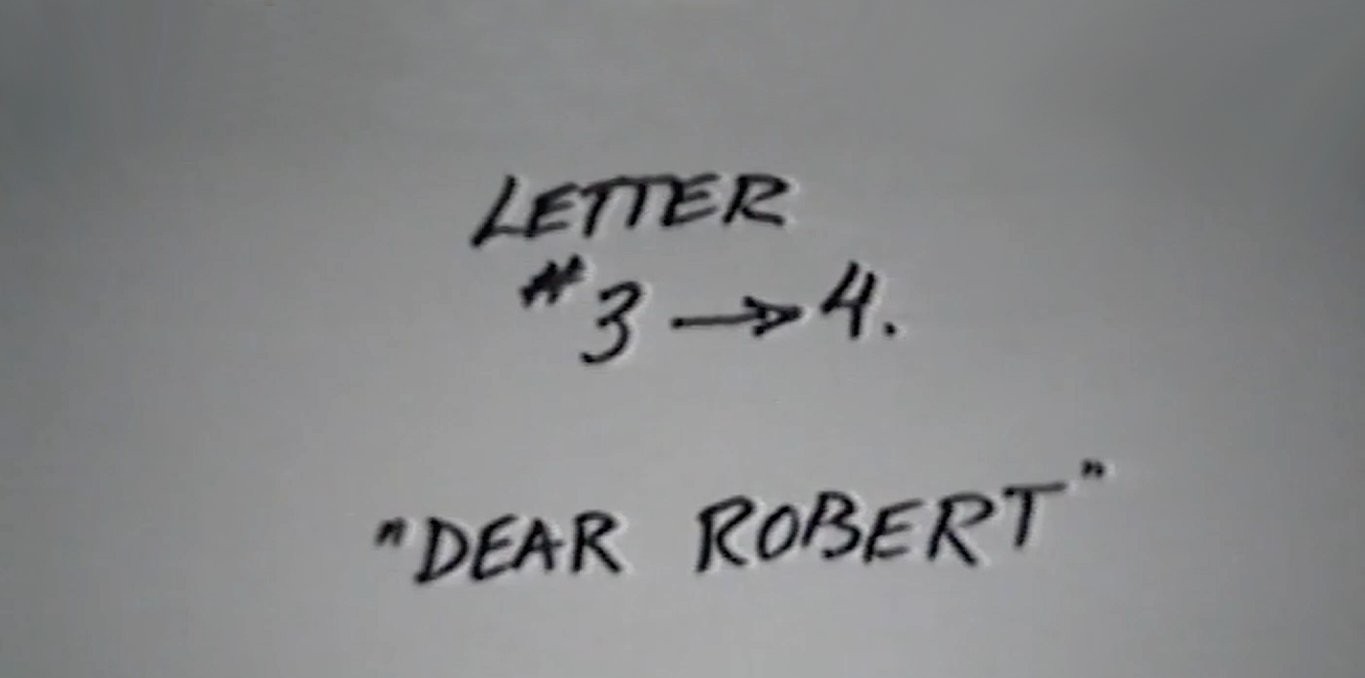
Videoletters
Between February and June 1991, filmmakers Robert Kramer and Stephen Dwoskin exchanged several video letters (four by Kramer, three by Dwoskin) shot in Hi-8. These _Videoletters_ freed them from the formalities that burdened their work and reflections at the time. Through this exchange, they began to learn and observe anew.

We, Children of the 20th Century
We, Children of the 20th Century
Subscription access_We, Children of the 20th Century_ depicts street children from Saint Petersburg: harmless vagabonds, early smokers, but also burglars and even murderers. The collapse of taboos and established authority has significantly diminished their inhibitions. Even their parents no longer harbor any ambitions for them. In this social void, who will show these children what life should look like?

Face Value
In \*Face Value\*, everything revolves around the face and sight: the desire to be seen, the fear of being seen, the inability to see oneself, the fear and the desire to see others.

The Last Bolshevik
Based on the life and work of the Russian film director Alexander Medvedkin (1900-1989), \_The Last Bolshevik\_ is a tribute from one filmmaker to another. An archeological expedition into film history that reveals new cinematic treasures, the film prompts a reflection on the relation between art and politics in the former Soviet Union.
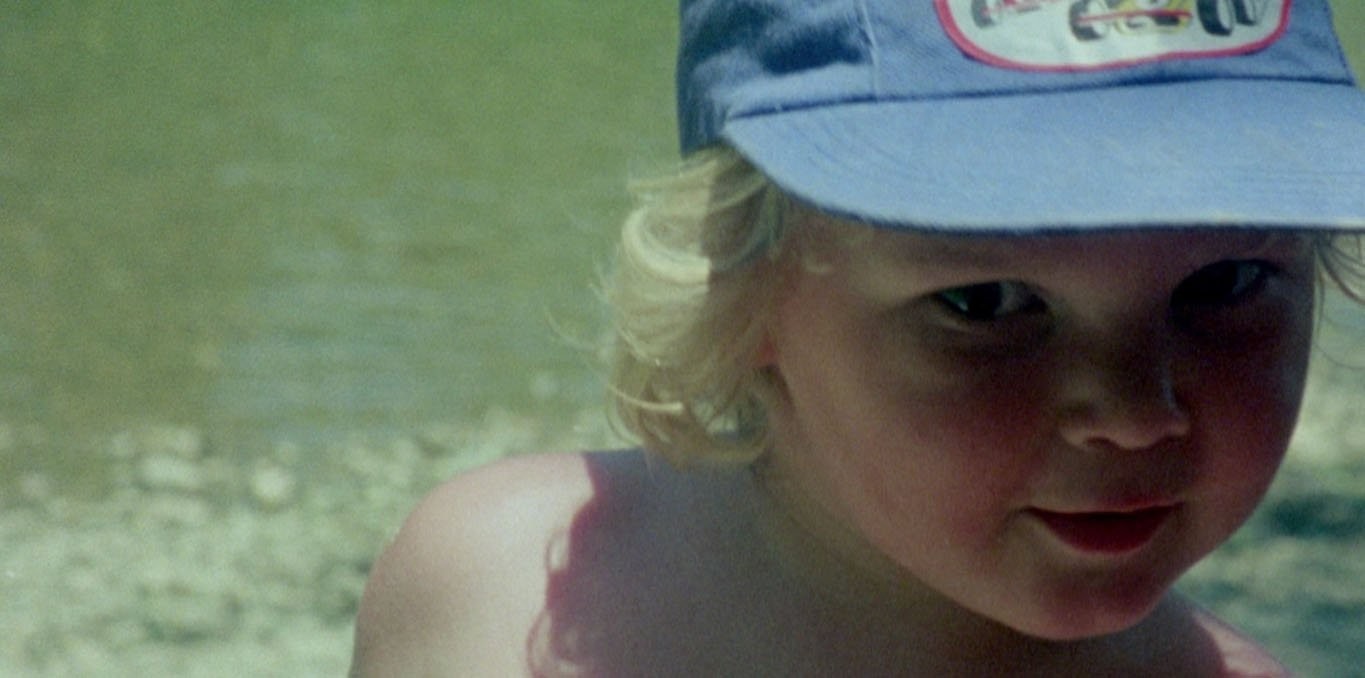
The Filmmaker's Holiday
A small village in the Aude region, its inhabitants, their joys, their sufferings and the camera of the filmmaker on vacation capturing these intermittent moments which, in the memory we keep, resemble happiness so strongly.

Finding Vivian Maier
The incredible story of an unknown woman who posthumously became one of the greatest photographers of the 20th century. Born to a French mother in New York before moving to Chicago, Vivian Maier took more than 100,000 photos throughout her life, but kept them hidden. It wasn’t until 2007 that John Maloof came across her work, which he has been showcasing ever since. Maier’s photos are now exhib...
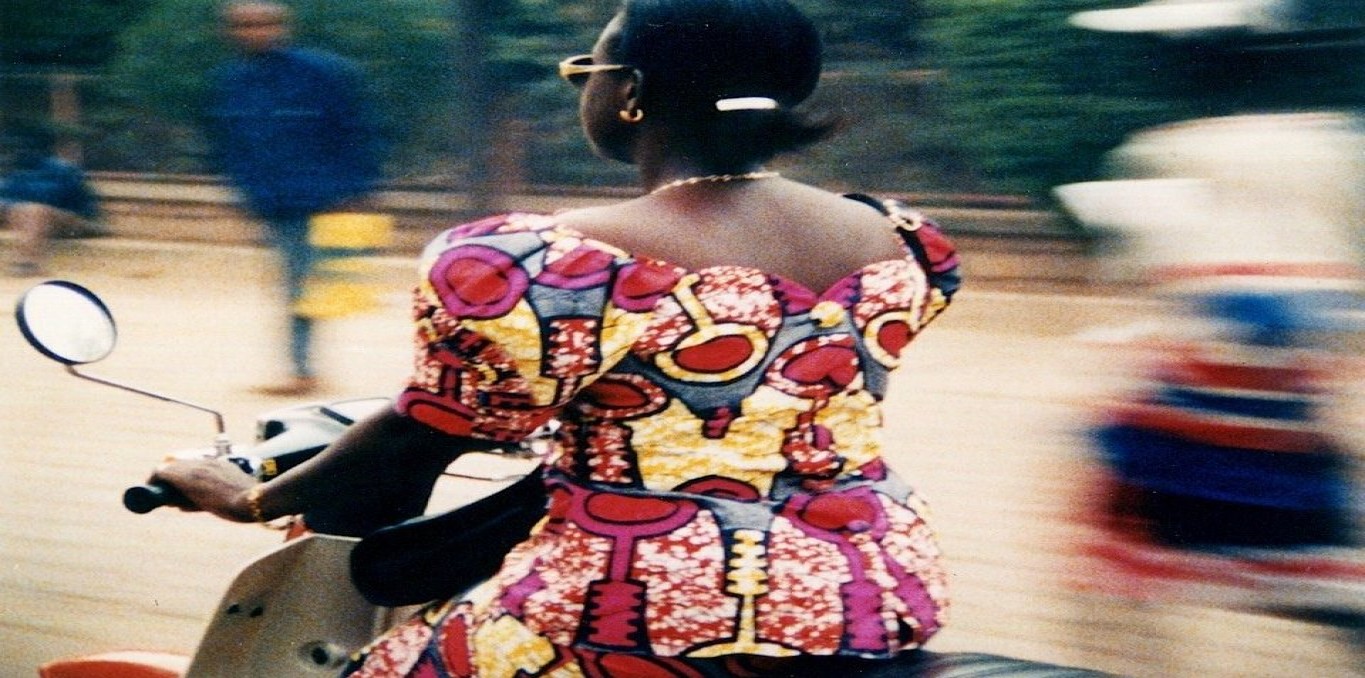
The Long Holiday
Octobre 1998, Johan van der Keuken apprend que son cancer de la prostate ne lui laisse que quelques années à vivre. Caméra à l’épaule, il part en compagnie de sa femme pour un dernier voyage, dont il fera son dernier film. De Noël 1998 à l’été 1999, il sillonne les pistes du Mali, les contreforts himalayens du Bhoutan, les aéroports américains... Partout, des êtres dans leur quotidien : le ritu...

Time of the Buffoons
Chaque année, la bourgeoisie canadienne se réunit au banquet du Beaver Club. Elle y célèbre le vieux système d'exploitation coloniale britannique et son avatar moderne, le néocolonialisme canadien.

Far from Vietnam
Subscription access
In 1967, Alain Resnais, William Klein, Joris Ivens, Agnès Varda, Claude Lelouch, Jean-Luc Godard, and Chris Marker co-directed this film to express their solidarity with the struggle of the Vietnamese people. Each offers a distinct and personal perspective on this conflict, set against a backdrop of international public anger and mobilization.

Paris, un jour d'hiver
Guy Gilles takes his camera around Paris on a winter's day. He follows passers-by, children playing in the snow, the gaze of people behind their windows, and plays with the fog and winter's bare trees.
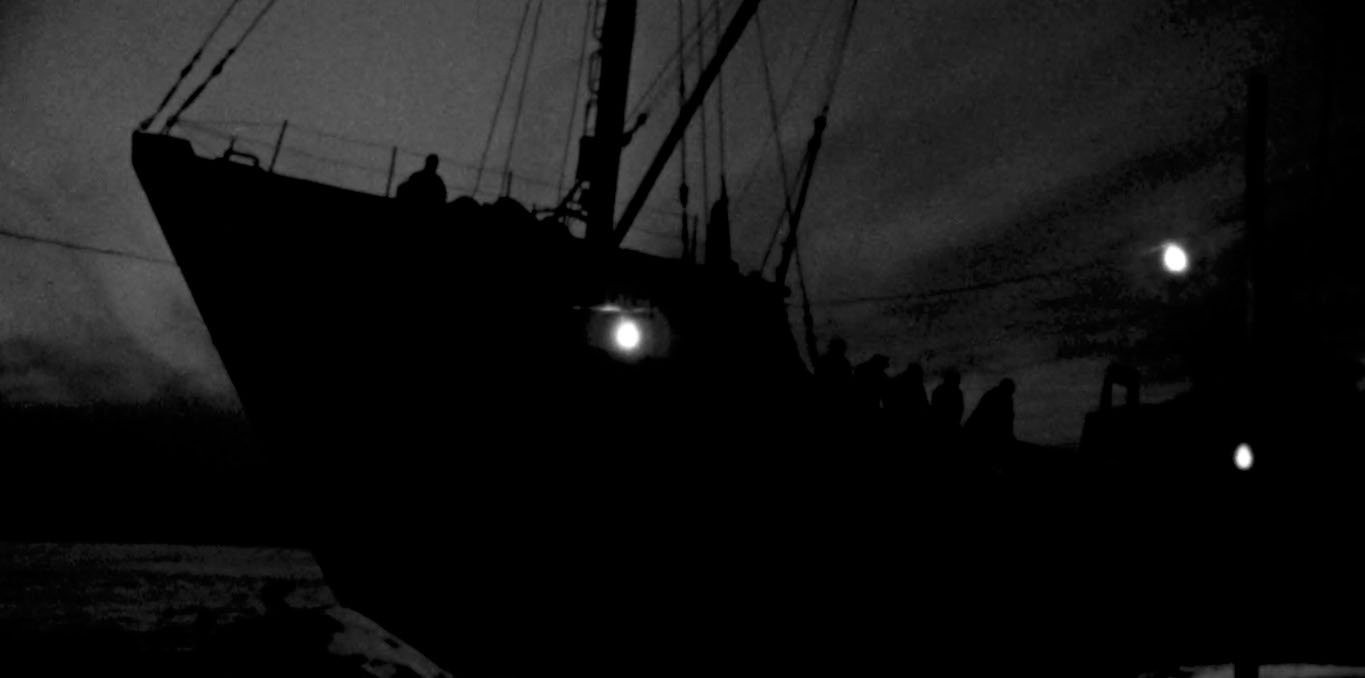
The River Schooners
Subscription access
Pierre Perrault's third feature film on Île aux Coudres, Les Voitures d'eau tackles the problem of the builders and navigators of wooden schooners, in an age of iron ships, international competition and monopolies. Men of the sea, as skilful in deed as in word, the captains of the river's last schooners are experiencing the end of an artisanal era in which their sons can no longer find a place....

Le règne du jour
Subscription access
Four years after filming _Pour la suite du monde_, Pierre Perrault invites Alexis Tremblay, the renowned storyteller, and his wife Marie, central figures in the first film, to embark on a pilgrimage to France tracing the path of their ancestors.

For the Ones to Come
Subscription access
In this masterpiece of Quebec cinéma vérité, the inhabitants of Île aux Coudres set out to revive an ancient beluga fishing tradition that had disappeared many years ago. Through the preparations and intergenerational exchanges, the film authentically captures the daily lives, language, beliefs, and stories of the islanders. More than just an ethnographic documentary, _For the Ones to Come_ exp...

We, Children of the 20th Century
We, Children of the 20th Century
Duration: 1h23Price: CAD$3.00
_We, Children of the 20th Century_ depicts street children from Saint Petersburg: harmless vagabonds, early smokers, but also burglars and even murderers. The collapse of taboos and established authority has significantly diminished their inhibitions. Even their parents no longer harbor any ambitions for them. In this social void, who will show these children what life should look like?

Monangambéee
Subscription access
With a jazz soundtrack from the Art Ensemble of Chicago, this film denounces the crimes committed by the Portuguese in Angola. Here, we see the torture of a prisoner that results from the colonizer’s ignorance. A song whose meaning is “White Death”, _Monangambéee_, is a rallying cry against the colonial abuses in Angola.

Afrique 50
It's the post-war period. Europe has been rebuilt. Everything is going well in the "model colonies" where the French Republic leads its wards with a maternal hand towards the lights of reason and progress. However, not everyone shares this view. The first anti-colonial film in France, banned and recently awarded by the Ministry of Foreign Affairs, this effective pamphlet against colonialism in ...

Walden - Reels 4 to 6
Filmed from 1964 to 1969, Walden was Jonas Mekas’ first completed diary film, composed of moments, events, and experiences he immortalized with his Bolex camera. An epic portrait of the New York avant-garde arts scene of the 1960s, featuring many of Mekas' friends of that period, including Andy Warhol, John Lennon, Yoko Ono, and The Velvet Underground, Walden is also a home movie, an earnest an...

Dream of Light
In the fall of 1990, Antonio López García decides to paint the quince tree planted in the middle of the garden of his Madrid home. The artist carefully prepares his materials, outlines the perspective of the upcoming painting, and positions himself in front of the tree. Thus begins a one-on-one encounter between the painter and his "subject." The constant visits from onlookers disrupt his tranq...

Edvard Munch
In late 19th-century Norway, Edvard Munch is a promising young painter, but he is also a man tormented by love dramas, the fear of falling ill, and gripped by an idea: to be recognized at the height of his talent. Wounded by critics and rejected by the bourgeoisie to which he aspires to belong, he eventually finds refuge with the anarchists. Thus begins the incredible destiny of an essential ar...

Maso and Miso Go Boating
The feminist video collective Les Insoumuses dissects and responds point by point in a humorous way to Bernard Pivot's special program with Françoise Giroud, Secretary of State for the Status of Women. "On December 30th 1975, after watching Bernard Pivot's programme on Antenne 2 entitled \*One more day and the year of the woman, phew! It'll be over\*, we felt the immense need to express our p...

Videoletters
Between February and June 1991, filmmakers Robert Kramer and Stephen Dwoskin exchanged several video letters (four by Kramer, three by Dwoskin) shot in Hi-8. These _Videoletters_ freed them from the formalities that burdened their work and reflections at the time. Through this exchange, they began to learn and observe anew.

We, Children of the 20th Century
We, Children of the 20th Century
Subscription access_We, Children of the 20th Century_ depicts street children from Saint Petersburg: harmless vagabonds, early smokers, but also burglars and even murderers. The collapse of taboos and established authority has significantly diminished their inhibitions. Even their parents no longer harbor any ambitions for them. In this social void, who will show these children what life should look like?

Face Value
In \*Face Value\*, everything revolves around the face and sight: the desire to be seen, the fear of being seen, the inability to see oneself, the fear and the desire to see others.

The Last Bolshevik
Based on the life and work of the Russian film director Alexander Medvedkin (1900-1989), \_The Last Bolshevik\_ is a tribute from one filmmaker to another. An archeological expedition into film history that reveals new cinematic treasures, the film prompts a reflection on the relation between art and politics in the former Soviet Union.

The Filmmaker's Holiday
A small village in the Aude region, its inhabitants, their joys, their sufferings and the camera of the filmmaker on vacation capturing these intermittent moments which, in the memory we keep, resemble happiness so strongly.

Finding Vivian Maier
The incredible story of an unknown woman who posthumously became one of the greatest photographers of the 20th century. Born to a French mother in New York before moving to Chicago, Vivian Maier took more than 100,000 photos throughout her life, but kept them hidden. It wasn’t until 2007 that John Maloof came across her work, which he has been showcasing ever since. Maier’s photos are now exhib...

The Long Holiday
Octobre 1998, Johan van der Keuken apprend que son cancer de la prostate ne lui laisse que quelques années à vivre. Caméra à l’épaule, il part en compagnie de sa femme pour un dernier voyage, dont il fera son dernier film. De Noël 1998 à l’été 1999, il sillonne les pistes du Mali, les contreforts himalayens du Bhoutan, les aéroports américains... Partout, des êtres dans leur quotidien : le ritu...

Time of the Buffoons
Chaque année, la bourgeoisie canadienne se réunit au banquet du Beaver Club. Elle y célèbre le vieux système d'exploitation coloniale britannique et son avatar moderne, le néocolonialisme canadien.

Far from Vietnam
Subscription access
In 1967, Alain Resnais, William Klein, Joris Ivens, Agnès Varda, Claude Lelouch, Jean-Luc Godard, and Chris Marker co-directed this film to express their solidarity with the struggle of the Vietnamese people. Each offers a distinct and personal perspective on this conflict, set against a backdrop of international public anger and mobilization.

Paris, un jour d'hiver
Guy Gilles takes his camera around Paris on a winter's day. He follows passers-by, children playing in the snow, the gaze of people behind their windows, and plays with the fog and winter's bare trees.

The River Schooners
Subscription access
Pierre Perrault's third feature film on Île aux Coudres, Les Voitures d'eau tackles the problem of the builders and navigators of wooden schooners, in an age of iron ships, international competition and monopolies. Men of the sea, as skilful in deed as in word, the captains of the river's last schooners are experiencing the end of an artisanal era in which their sons can no longer find a place....

Le règne du jour
Subscription access
Four years after filming _Pour la suite du monde_, Pierre Perrault invites Alexis Tremblay, the renowned storyteller, and his wife Marie, central figures in the first film, to embark on a pilgrimage to France tracing the path of their ancestors.

For the Ones to Come
Subscription access
In this masterpiece of Quebec cinéma vérité, the inhabitants of Île aux Coudres set out to revive an ancient beluga fishing tradition that had disappeared many years ago. Through the preparations and intergenerational exchanges, the film authentically captures the daily lives, language, beliefs, and stories of the islanders. More than just an ethnographic documentary, _For the Ones to Come_ exp...

We, Children of the 20th Century
We, Children of the 20th Century
Duration: 1h23Price: CAD$3.00
_We, Children of the 20th Century_ depicts street children from Saint Petersburg: harmless vagabonds, early smokers, but also burglars and even murderers. The collapse of taboos and established authority has significantly diminished their inhibitions. Even their parents no longer harbor any ambitions for them. In this social void, who will show these children what life should look like?

Monangambéee
Subscription access
With a jazz soundtrack from the Art Ensemble of Chicago, this film denounces the crimes committed by the Portuguese in Angola. Here, we see the torture of a prisoner that results from the colonizer’s ignorance. A song whose meaning is “White Death”, _Monangambéee_, is a rallying cry against the colonial abuses in Angola.

Afrique 50
It's the post-war period. Europe has been rebuilt. Everything is going well in the "model colonies" where the French Republic leads its wards with a maternal hand towards the lights of reason and progress. However, not everyone shares this view. The first anti-colonial film in France, banned and recently awarded by the Ministry of Foreign Affairs, this effective pamphlet against colonialism in ...

Walden - Reels 4 to 6
Filmed from 1964 to 1969, Walden was Jonas Mekas’ first completed diary film, composed of moments, events, and experiences he immortalized with his Bolex camera. An epic portrait of the New York avant-garde arts scene of the 1960s, featuring many of Mekas' friends of that period, including Andy Warhol, John Lennon, Yoko Ono, and The Velvet Underground, Walden is also a home movie, an earnest an...

Dream of Light
In the fall of 1990, Antonio López García decides to paint the quince tree planted in the middle of the garden of his Madrid home. The artist carefully prepares his materials, outlines the perspective of the upcoming painting, and positions himself in front of the tree. Thus begins a one-on-one encounter between the painter and his "subject." The constant visits from onlookers disrupt his tranq...

Edvard Munch
In late 19th-century Norway, Edvard Munch is a promising young painter, but he is also a man tormented by love dramas, the fear of falling ill, and gripped by an idea: to be recognized at the height of his talent. Wounded by critics and rejected by the bourgeoisie to which he aspires to belong, he eventually finds refuge with the anarchists. Thus begins the incredible destiny of an essential ar...
